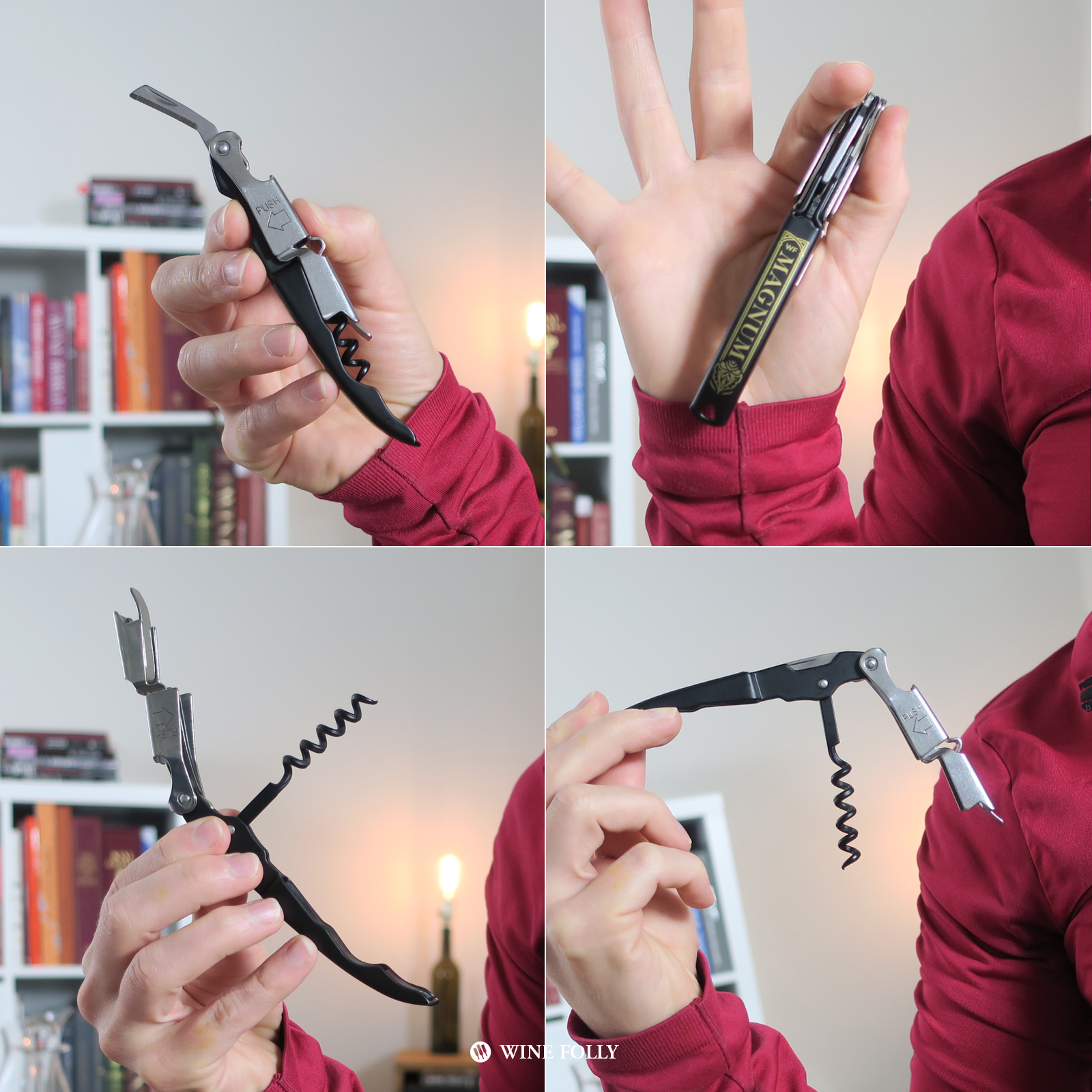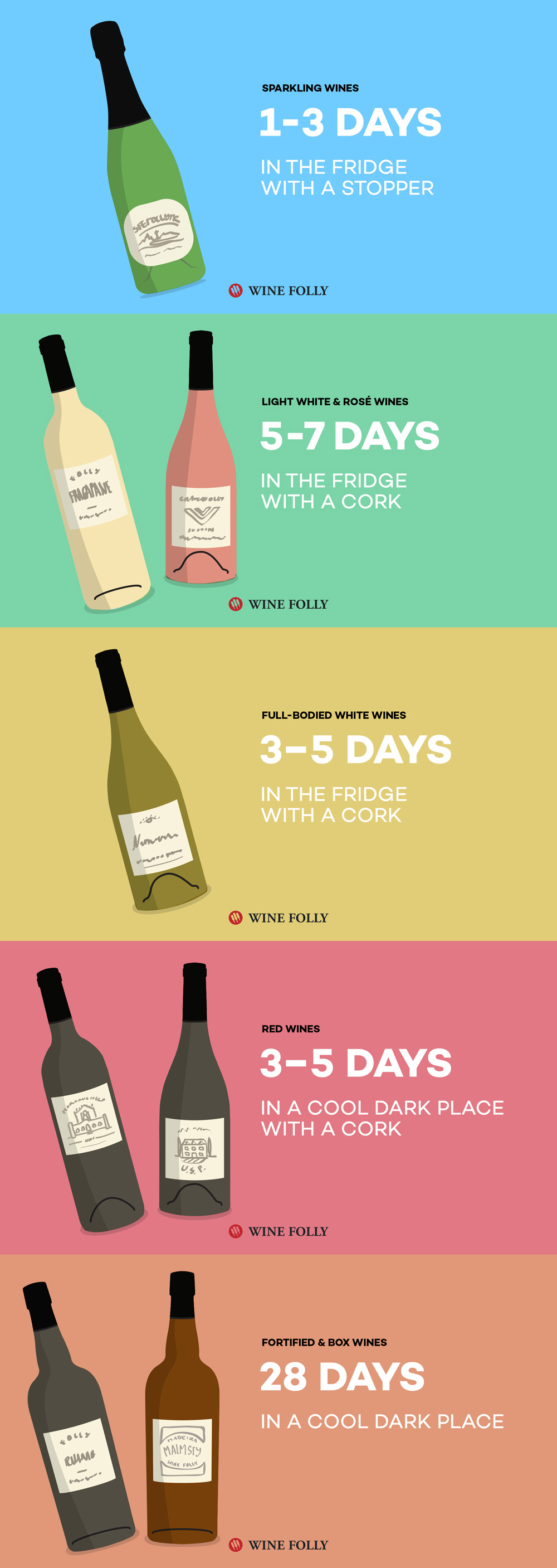Why do it wrong when you can do it right? Here are the basics to wine service, along with tips on how to store wine. Change the way you drink (for the better!).
First things first, lets pop a bottle!
Opening a Wine Bottle
There are many different types of wine openers out there. So, you’ll want to choose one that best suits your needs. If you want to know what all the pros use, well, we use a wine opener called a :Waiter’s Friend.”

Waiter’s Friends can be as little as $2 (cheap as a cup of coffee, and just as rage-fueled) or upwards of $700. If you’re on the market for a decent but not-too-expensive model, I advise looking into what we carry in the store.
I have another video that obsessively details opening a bottle of wine, and if you want to know the exact secrets, I highly recommend watching it!
A Proper Serving
I’ve been cited for saying a proper serving is 150 ml, or 5 ounces.
The actual truth is, a proper serving is quite variable. It depends on the how much alcohol is in the wine and how much alcohol you can physically tolerate. Some human lineage lines are more sensitive to alcohol than others. (I know, sucks right?)

The one thing that’s helped me become more cognizant of over-drinking is making the serving size smaller. Try pouring yourself small 3 oz pours. It works!
Decanting Wine
Everyone who drinks affordable value-wines on a regular basis should own a decanter (or aerator). It’s the one simple thing you can do to improve the taste of almost any wine.
- Wine tasting too sharp? Pour it into a decanter.
- Wine stinks like sweaty socks? Pour it into a decanter.
- Tannins too harsh? Pour it into a decanter!
If you are on the hunt for a quality decanter, you need to read this.
Storing Open Wine
Each wine is a bit different.
For example, my grandmother has had a bottle of Australian Tawny (a fortified sweet wine) sitting open (but corked) in her cellar for over 20 years. Believe me when I tell you that I was completely shocked to discover it tasted fine…actually, quite good!
For the rest of the world, as soon as you open a bottle of wine it starts an invisible timer. Oxygen exposure and temperature variations very quickly start to chemically react with the wine inside your bottle.
When wines go “bad,” they develop high levels of acetic acid, which technically won’t kill you, but it tastes horrible. Of course, that process takes a month or more to happen.
What happens in the meantime is that your wine starts to lose its luster. Then, it just starts to taste nasty. So, the infographic above shows some best practices for drinking windows on the common types of wine.
On Cellaring Wine
If you don’t have a cellar or proper temperature controlled wine chiller (with humidity control), don’t bother. Sure, you can buy wines to hold for a year or so, but they’re not going to last the long term in your closet. This is especially true if your storage area routinely goes above 75 ºF (23 ºC).
If you want to see the research study I mention in the video, check out the full details in this article.
